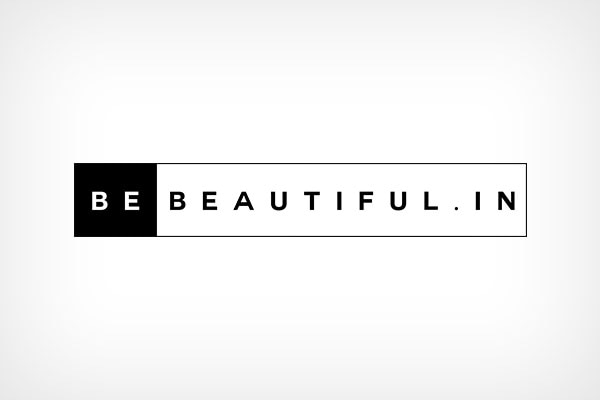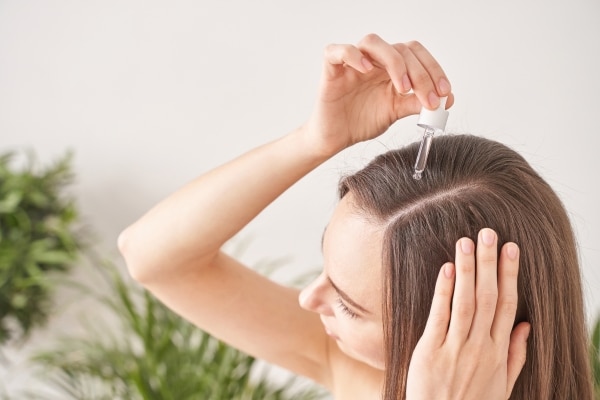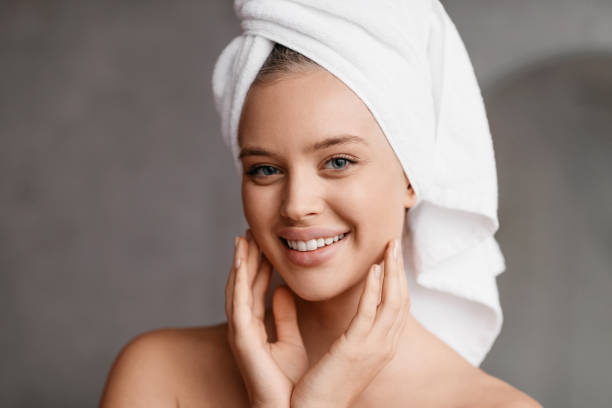The colour of your ombre hair is often considered to be a part of the person you are. The many hues of tresses seen across the world would be difficult to put together on a palette! But we understand that it can get a bit boring to see yourself with the same old hair colour. Dyeing your hair a certain colour that is dissimilar to your natural hue is one way of looking at a visibly different reflection of you. You can always style your hair in a different manner too, but it doesn’t necessarily have the same effect as changing the colour of your hair.
People have experimented with the colour of their hair for a long time, trying out everything from a bright magenta to neon green, apart from the more usual blondes and reds, so as to bring out a different dimension to their personality. However, with that trend too becoming a thing of the past, the search for something new has led to experts in the hairstyling industry try to develop newer and increasingly innovative techniques of colouring one’s hair. Contrary to what is often mistaken to be a colour, ‘ombré’ refers to the technique of colouring the hair in order to provide it with a certain seamlessly layered appearance.
- 1. What is ombré hair?
- 2. How different is it from balayage?
- 3. The versatility of ombré
- 4. Styling it right!
1. What is ombré hair?

The word ‘ombré’ (pronounced as om-bray) is French in origin and means ‘to shade’ in the language. It means having tones or hues of colour that fade into one another, gradually transitioning from the light to the dark. In the world of hair colouring, the technique refers to the colouring of hair in a darker shade towards the roots and gradually lightening the shade as we move towards the tips, in a manner that gives the hair a sun-kissed look.

Now, with your hair growing out over a period of time, the lighter sections of your ombré hair start to move further subtly towards the tips. As a result, ombré hair is relatively much easier to maintain and doesn’t need to be touched up as regularly. However, you will still need to take all the precautions that you usually take before and after colouring your hair.
You can even colour just certain sections of your hair in order to maintain the ombré appearance, instead of colouring the whole of your hair. All of these factors have made the ombré colouring technique a rage amongst hair colour enthusiasts.
2. How different is it from balayage?

As we’ve mentioned before, a number of hair colouring techniques have been developed in order to satiate and hold the interest of those wanting to colour their hair. Along with ombré, balayage is another technique that has gained the attention and affection of the hair colouring industry. However, these two techniques are also often mixed up and mistaken for each other by the uninitiated. In terms of etymology, balayage is also French in origin, meaning ‘to sweep’. The similarity between these two techniques tends to end here though. Balayage is more of a technique than ombré is, the latter being more of a style. Balayage is also more sweeping as opposed to ombré, which is more gradual in nature. With the latter, it is more of a seamless transition from the dark to the light while with the former is basically a highlighting technique. Finally, the placement of tones in balayage is vertical and not horizontal, as is the case with ombré hair.
3. The versatility of ombré

There is another reason why the ombré colouring style is so preferred by those wanting to colour their hair these days. Not only is it easy to maintain, but it is also quite versatile, with a number of variations that you can try out within the realm of this style. You could opt for coloured ombré hair, trying out a range of different colours from a fiery red to warm mahogany to gunmetal grey. You could even go for a combination (depending upon the natural colour of your hair) such as a red blonde or a rose gold over blonde or an ash light brown.
Apart from the numerous colour options at your disposal, you could even opt for a softer style such as ‘sombré’ (pronounced as som-bray), which is basically short for soft ombré. Here, the transition between the colour at the roots and at the tips is subtler and much less visible, when compared to ombré hair.
4. Styling it right!

Ombré is more of a style of colouring the hair, rather than a technique, and there are a number of colours that you can opt to work with. That is not the limit of the styling potential of ombré hair though. You can even combine this colouring style with a number of different hair styles, letting the tones progress gradually through tight curls or waves. The subtle gradation in your hair also looks lovely if you braid your hair or try to add a bit more of a fun element with buns on top.
















 Privacy Notice
Privacy Notice
Written by Karan Dalvi on 29th Nov 2019